The African forest elephant, sometimes called the pygmy elephant, inhabits the dense rainforests of central Africa. These elephants are smaller than their savannah cousins, standing around 2 m tall and averaging 1.5 tons. Their tusks are more slender and often have a yellowish to dark walnut hue caused by plant juices staining the ivory, leading to the nickname “rose ivory”. The tusks grow downward rather than forward, adding to the distinctive appearance of this elusive species.

Forest elephant safaris take place in Cameroon’s remote rainforests. Hunters typically start by driving along jungle tracks, hoping for rain that will leave fresh tracks in the soft earth. Once spoor is found, pygmy trackers lead the way on foot through thick vegetation, high humidity and sweltering heat. Progress is slow—often less than two miles per hour—and shots may be taken at extremely close range (5–10 yds) when only part of the animal is visible. Good physical conditioning is essential; success rates depend heavily on the hunter’s stamina and ability to navigate rugged jungle terrain. The rainforest hunting season runs from January to July, with peak success between late March and June.
Forest elephants are classified as a separate species and are more vulnerable than bush elephants; hunting opportunities are therefore limited. Cameroon maintains a strict CITES export quota for elephants and requires hunters to obtain permits. Because the United States and European Union currently prohibit importation of elephant ivory, outfitters offer replica tusk services. Responsible hunts target only one mature bull per concession, and revenues support local trackers and anti‑poaching efforts. Due to the species’ precarious status, most conservation groups focus on habitat protection and anti‑poaching rather than hunting, so opportunities are rare and subject to change.
The hunting concessions in Cameroon’s rainforests often border the Dja National Reserve and cover hundreds of thousands of acres. Jungle camps accommodate only one or two hunters at a time and use traditional pygmy trackers who are intimately familiar with the terrain. Hunters may encounter gorillas or rare antelope species such as bongo and sitatunga during the safari. Because forest elephant hunts take place in extremely isolated areas, satellite phones are recommended and visitors should be prepared for daily rain, 90 % humidity and temperatures around 20–25 °C.
Elephant can be found in the following location:
Elephant has the following variations:
- (Varieties to be confirmed)
Start Your Adventure



